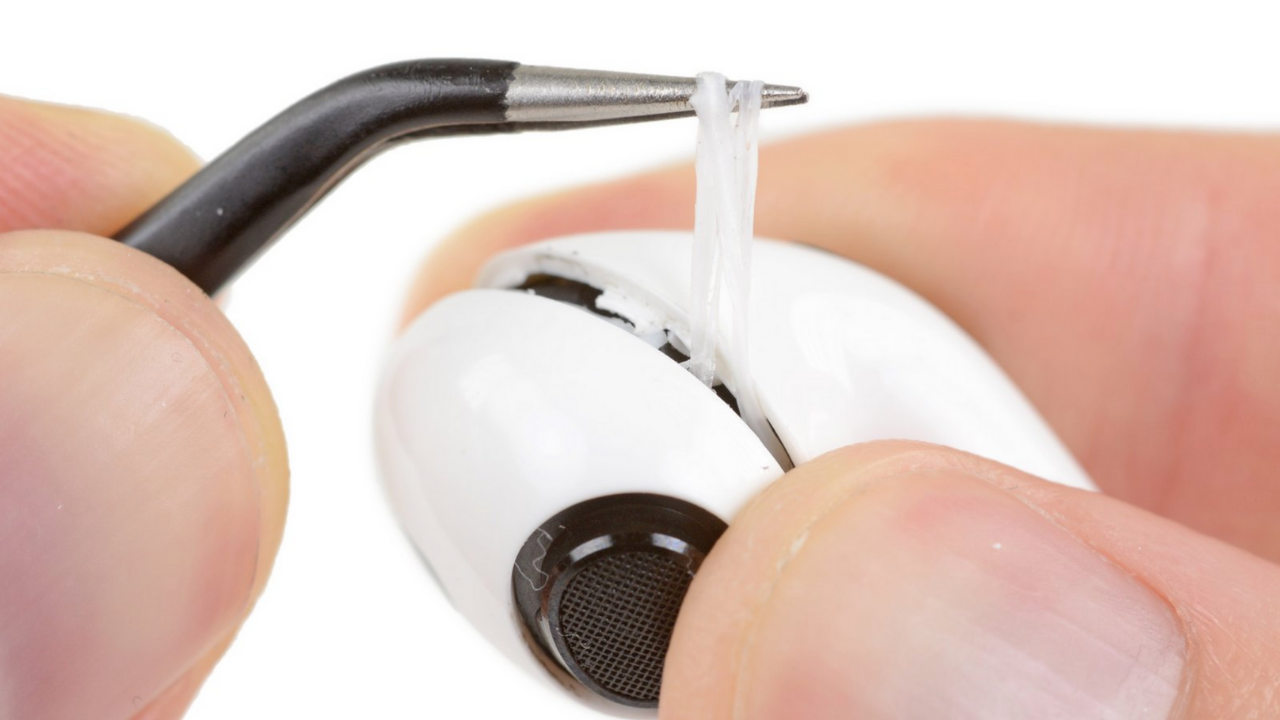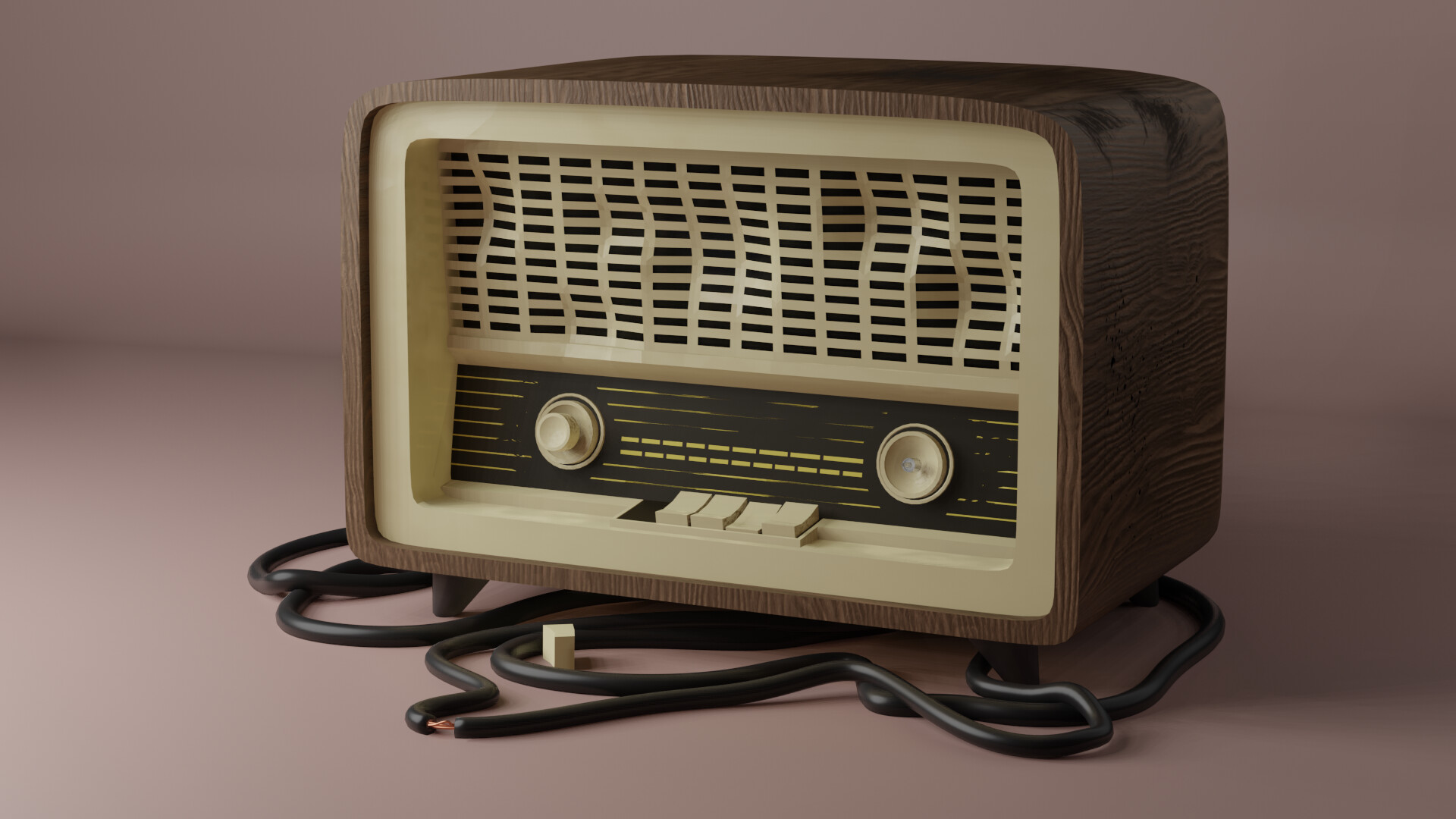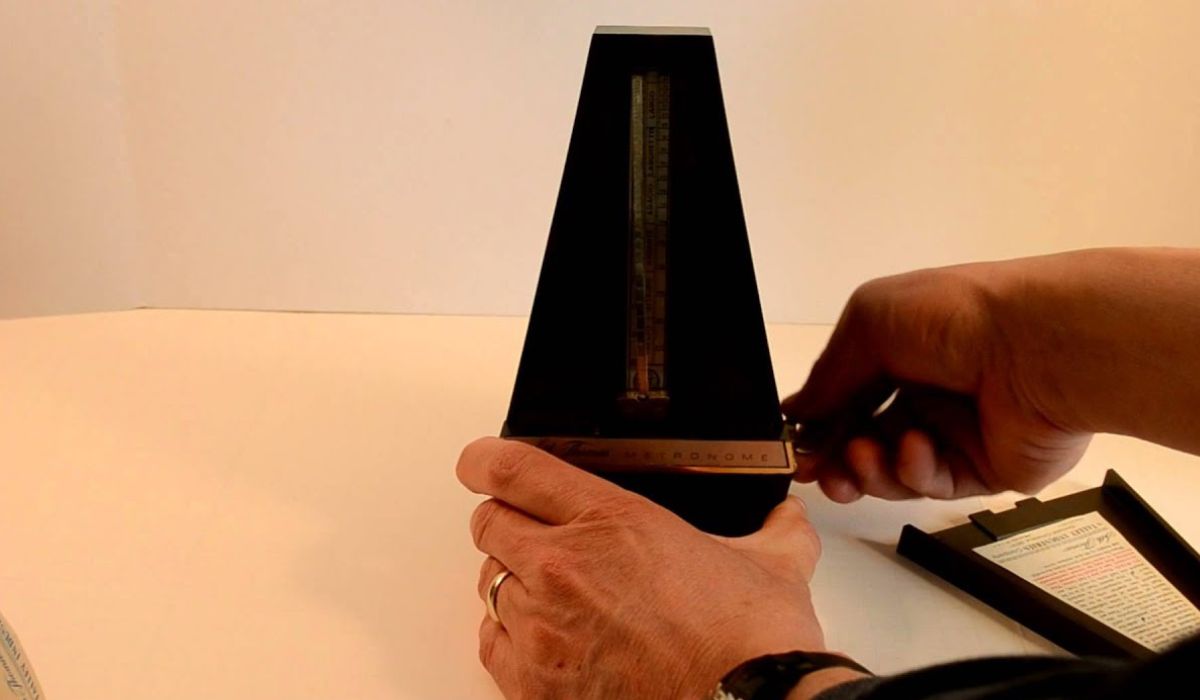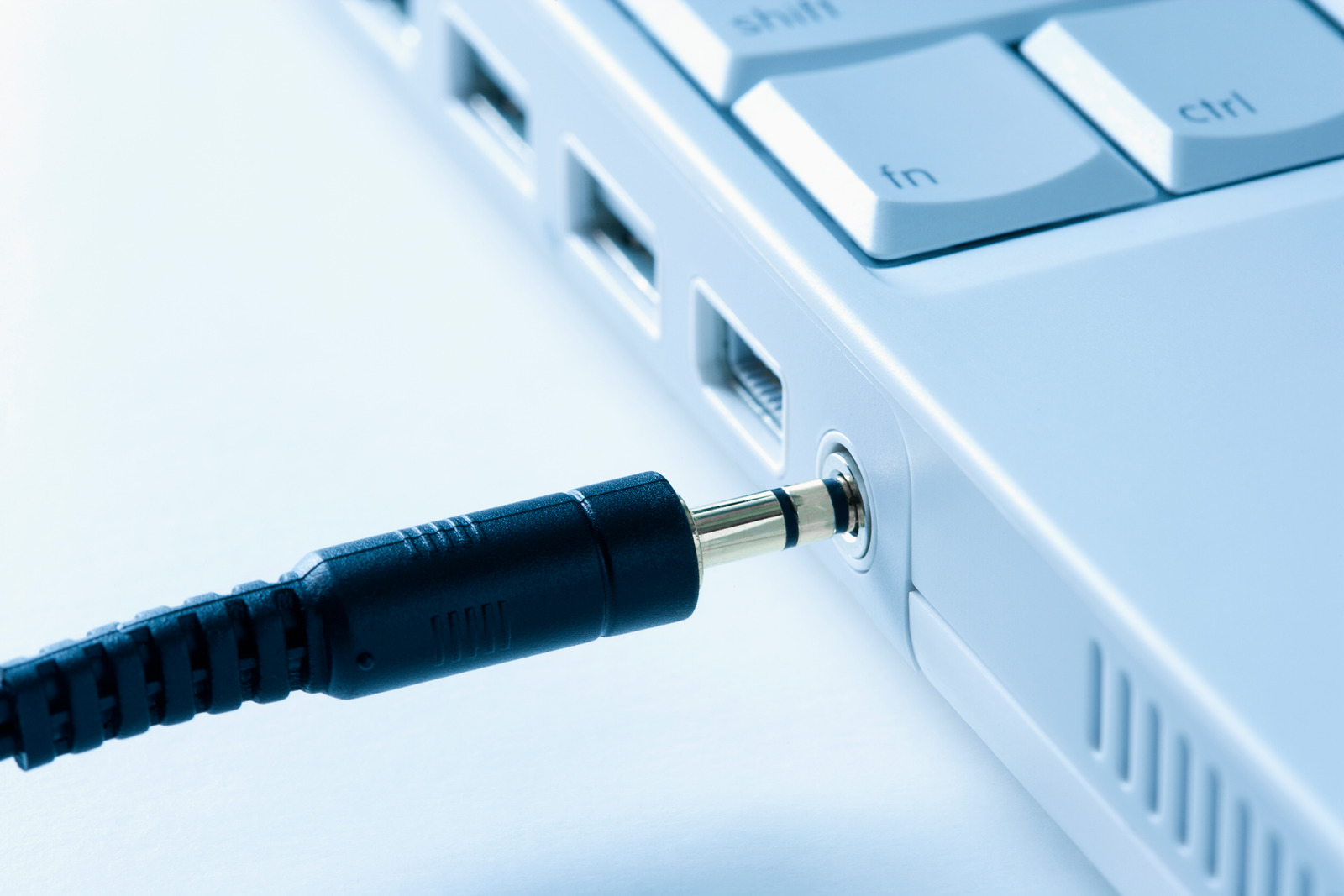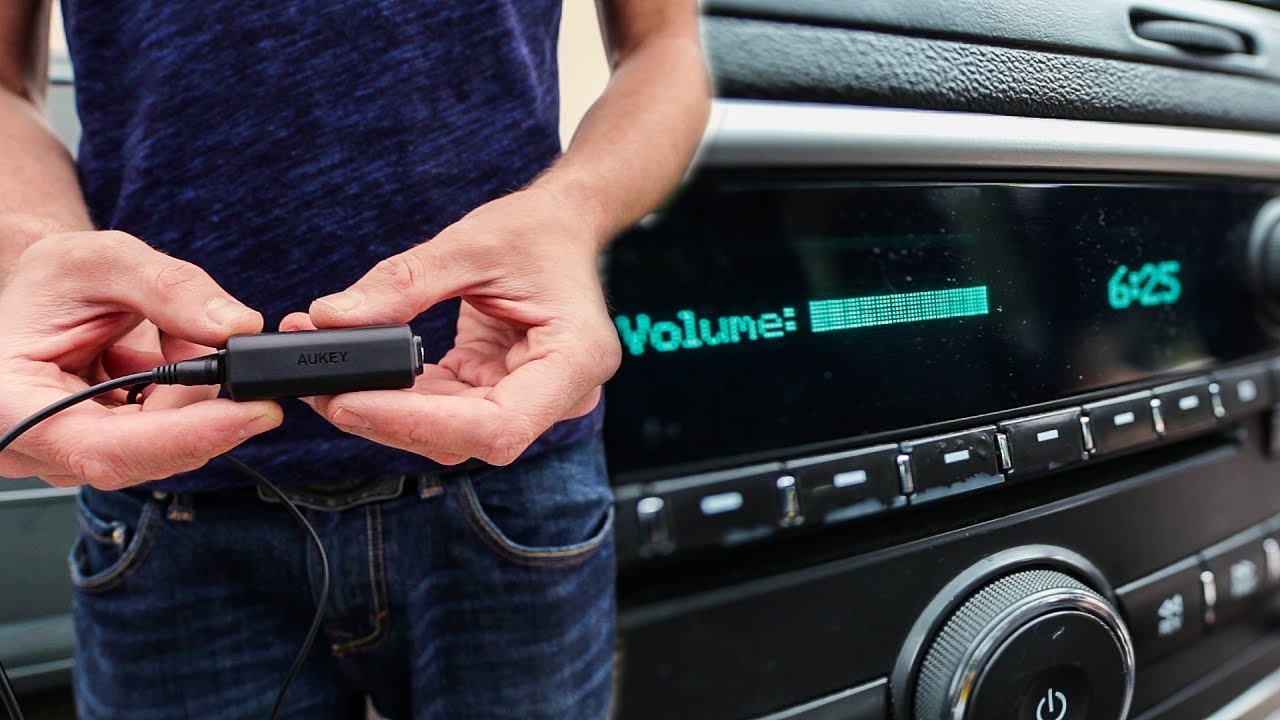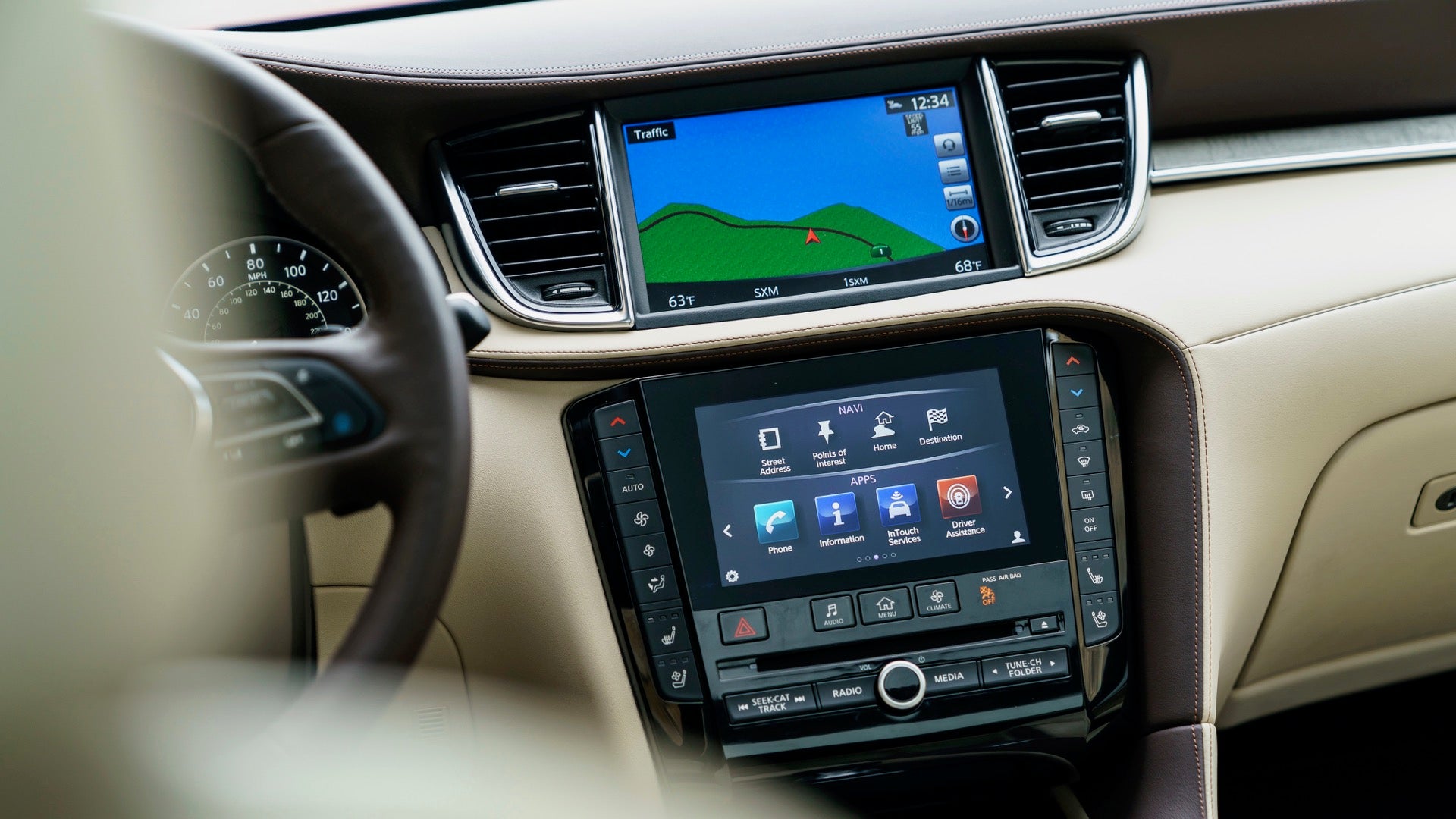Home>Devices & Equipment>Subwoofer>How To Fix Subwoofer Overheating


Subwoofer
How To Fix Subwoofer Overheating
Published: January 21, 2024
Learn how to fix subwoofer overheating issues and keep your subwoofer running smoothly. Troubleshoot common causes of subwoofer overheating with these simple tips.
(Many of the links in this article redirect to a specific reviewed product. Your purchase of these products through affiliate links helps to generate commission for AudioLover.com, at no extra cost. Learn more)
Table of Contents
Introduction
Subwoofers are an essential component of any audio system, delivering deep, low-frequency bass that enhances the overall listening experience. Whether you’re a music enthusiast or a movie aficionado, a quality subwoofer can truly elevate the sound quality of your audio setup.
However, like any electronic device, subwoofers are susceptible to overheating if not properly managed. Overheating can lead to a variety of issues, including distorted sound output, reduced performance, and even permanent damage to the subwoofer. That’s why it’s crucial to understand the causes of subwoofer overheating and how to address them effectively.
In this article, we’ll explore the common causes of subwoofer overheating and provide practical solutions to fix and prevent this issue. Whether you’re a seasoned audiophile or a beginner in the world of sound systems, this guide will equip you with the knowledge you need to keep your subwoofer running smoothly and performing at its best.
Understanding Subwoofer Overheating
Subwoofer overheating occurs when the internal components of the subwoofer reach temperatures that exceed their optimal operating range. This can negatively impact the performance and longevity of the subwoofer. Understanding the causes of subwoofer overheating is essential in order to address and prevent this issue effectively.
One of the main culprits of subwoofer overheating is prolonged and intense use. When a subwoofer is continuously driven at high volume levels for extended periods of time, it generates a significant amount of heat. If the subwoofer does not have proper ventilation or cooling mechanisms, this heat can become trapped inside the enclosure, causing the internal components to overheat.
Another factor that contributes to subwoofer overheating is improper placement. Placing the subwoofer in an enclosed space, such as a cabinet or an entertainment unit, restricts the flow of air and prevents proper ventilation. This can increase the temperature inside the subwoofer and lead to overheating.
Additionally, incorrect gain settings can also result in subwoofer overheating. The gain control on a subwoofer determines the input signal level and should be set appropriately to match the output of the audio source. If the gain is set too high, the amplifier can be pushed beyond its limits, causing it to work harder and generate more heat than necessary.
By understanding the causes of subwoofer overheating, you can take proactive measures to prevent this issue and ensure optimal performance and longevity of your subwoofer. In the following sections, we will delve into specific solutions to address these causes and keep your subwoofer running cool.
Common Causes of Subwoofer Overheating
Subwoofer overheating can be caused by several factors, and identifying these causes is crucial in order to effectively address and prevent the issue. Let’s take a look at some common reasons why subwoofers overheat:
- Prolonged and intense use: Continuous usage of the subwoofer at high volume levels for extended periods of time generates a significant amount of heat that can lead to overheating. This is especially true if the subwoofer lacks proper ventilation or cooling mechanisms.
- Improper placement: Placing the subwoofer in an enclosed space, such as a cabinet or entertainment unit, restricts the flow of air and prevents proper ventilation. This can cause heat to build up inside the enclosure, leading to overheating.
- Incorrect gain settings: The gain control on a subwoofer determines the input signal level. If the gain is set too high, the amplifier may be pushed beyond its limits, causing it to work harder and generate more heat than necessary.
- Inadequate power supply: Insufficient power supply can also contribute to subwoofer overheating. If the subwoofer is not receiving enough power, the amplifier may strain to produce the desired sound output, resulting in increased heat generation.
- Build-up of dust and debris: Over time, dust and debris can accumulate inside the subwoofer, obstructing the airflow and preventing proper cooling. This build-up can cause the internal components to heat up and result in overheating.
Understanding the common causes of subwoofer overheating is essential to prevent this issue and ensure optimal performance. In the next sections, we will explore practical solutions to address each of these causes and keep your subwoofer running cool.
Checking for Ventilation Issues
Proper ventilation is crucial for preventing subwoofer overheating. When a subwoofer is placed in an enclosed space or lacks adequate airflow, heat can become trapped inside the enclosure, leading to overheating. To ensure optimal ventilation and prevent overheating, follow these steps:
- Inspect the placement: Check the location of your subwoofer. Is it placed in an enclosed cabinet or against a wall? If so, consider moving it to a more open area where there is sufficient space around it for proper airflow.
- Ensure clearance: Make sure there is enough clearance around the subwoofer. Allow at least a few inches of space between the subwoofer and any surrounding objects or walls. This will enable better air circulation and prevent heat build-up.
- Remove obstructions: Take a look at the vents and ports on the subwoofer. Ensure that they are not blocked by dust, debris, or any other objects. Obstructions can impede airflow and contribute to overheating.
- Consider a dedicated subwoofer stand: Investing in a dedicated subwoofer stand or platform can help elevate the subwoofer off the floor and provide better ventilation. These stands are designed to minimize contact with the ground and allow for improved airflow.
- Use fans or cooling solutions: If ventilation remains an issue, you can consider using external cooling solutions such as fans or passive cooling devices. These can assist in dissipating heat and maintaining a lower temperature within the subwoofer enclosure.
Checking for ventilation issues is an essential step in preventing subwoofer overheating. By ensuring proper airflow, you can help dissipate heat effectively and keep your subwoofer running cool. In the next sections, we will explore more solutions to address other common causes of subwoofer overheating.
Ensuring Proper Power Supply
Adequate power supply is crucial for the optimal performance of a subwoofer and to prevent overheating. Insufficient power can cause the subwoofer’s amplifier to work harder than necessary, leading to increased heat generation. To ensure a proper power supply and prevent subwoofer overheating, consider the following:
- Check the power rating: Verify that the power rating of your subwoofer matches the power output of your amplifier or receiver. Using a subwoofer with a lower power rating than the amplifier can cause the amplifier to push too hard, resulting in overheating. On the other hand, using a subwoofer with a higher power rating than the amplifier is generally not an issue.
- Use appropriate gauge speaker wire: Inadequate wire gauge can cause power loss and affect the performance of your subwoofer. Ensure that you are using the appropriate gauge (thickness) of speaker wire for your subwoofer setup. Thicker wire with lower gauge numbers can provide better power transmission and prevent power loss, reducing the strain on the amplifier.
- Avoid voltage fluctuations: Voltage fluctuations can affect the performance of your subwoofer and lead to overheating. Use a surge protector or voltage regulator to protect your subwoofer from power surges or unstable power sources.
- Consider a dedicated power outlet: Plugging your subwoofer into a dedicated power outlet can help prevent power interference from other devices. Sharing power outlets with other high-power devices may cause voltage fluctuations and impact the performance of your subwoofer.
By ensuring a proper power supply, you can minimize the strain on your subwoofer’s amplifier and reduce the risk of overheating. In the next sections, we will explore additional solutions to address different causes of subwoofer overheating and help you keep your subwoofer operating within its optimal temperature range.
Adjusting the Gain Settings
The gain control on a subwoofer determines the input signal level and plays a significant role in preventing subwoofer overheating. If the gain is set too high, the amplifier can be pushed beyond its limits, causing it to work harder and generate more heat. To ensure optimal gain settings and prevent overheating, follow these steps:
- Refer to the subwoofer manual: Consult the user manual or documentation provided with your subwoofer to understand how the gain control works and its suggested settings.
- Adjust gain based on your audio source: Set the gain level to match the output of your audio source. If the subwoofer is connected to a receiver or amplifier, adjust the gain to achieve a balanced sound output. Avoid setting the gain too high, as this can cause the amplifier to work harder and generate excess heat.
- Consider using a sound-level meter: A sound-level meter can help you accurately set the gain level by measuring the sound output of your subwoofer. Follow the instructions provided with the meter to adjust the gain to an appropriate level.
- Perform listening tests: Listen to different audio sources and content to ensure that the gain level is set appropriately. Adjust as needed to achieve the desired sound quality without pushing the subwoofer or amplifier beyond their limits.
By adjusting the gain settings correctly, you can avoid overworking the amplifier and prevent subwoofer overheating. Remember to refer to the specific guidelines provided by your subwoofer manufacturer and trust your ears to find the optimal balance. In the next sections, we will explore additional solutions to address various causes of subwoofer overheating and help you keep your subwoofer operating at a safe temperature.
Choosing the Right Subwoofer Placement
The placement of your subwoofer plays a crucial role in preventing overheating and optimizing its performance. Proper placement can promote effective airflow and ventilation, reducing the risk of overheating. To choose the right subwoofer placement, consider the following:
- Avoid enclosing the subwoofer: Placing your subwoofer in an enclosed space such as a cabinet or entertainment center can restrict airflow and trap heat, leading to overheating. Instead, opt for open areas where the subwoofer has ample space around it to allow for adequate ventilation.
- Position away from walls and corners: Placing your subwoofer too close to walls or tucked into corners can affect its performance and lead to overheating. Ideally, position the subwoofer a few feet away from walls or other objects to ensure proper airflow.
- Experiment with different spots: Subwoofer placement can be subjective, as it depends on the room’s acoustics and personal preferences. Experiment with different placements in the room to find the spot that yields the best sound quality and reduces the risk of overheating.
- Consider using multiple subwoofers: In larger rooms or if you desire more bass coverage, using multiple subwoofers can distribute the workload and reduce the strain on each individual unit. This can help prevent overheating by distributing the heat dissipation across multiple sources.
- Use isolation pads: Placing isolation pads under the subwoofer can help minimize vibrations and resonance with the floor, allowing for better sound performance. It can also prevent heat transfer to the floor, minimizing the chances of overheating.
Choosing the right subwoofer placement is crucial for preventing overheating and optimizing sound quality. Take the time to experiment with different positions and find the spot in your room that offers the best balance between performance and ventilation. In the next sections, we will explore additional solutions to address different causes of subwoofer overheating and help you keep your subwoofer running cool and efficient.
Using External Cooling Solutions
If you’re experiencing persistent subwoofer overheating issues despite addressing ventilation and other factors, utilizing external cooling solutions can provide additional support to keep your subwoofer running cool and prevent damage. Here are a few options to consider:
- Fans: Cooling fans can be placed near the subwoofer to assist in dissipating heat. There are various types of fans, including USB-powered fans, which can be easily connected to a power source. Position the fan strategically to direct the airflow towards the subwoofer’s heat-sensitive components.
- Passive cooling devices: Passive cooling solutions, such as heat sinks or cooling pads, can help absorb and distribute heat away from the subwoofer. These devices are typically made of materials with high thermal conductivity, allowing for efficient heat dissipation.
- Ventilation vents or ducts: Creating additional ventilation vents or ducts in the subwoofer enclosure can enhance airflow and promote better cooling. Be cautious, however, as modifying the enclosure may affect the warranty or alter the subwoofer’s sound quality.
- External coolers: Some manufacturers offer external cooling systems specifically designed for subwoofers. These systems typically consist of fans or other cooling mechanisms that can be attached to the subwoofer to provide active cooling.
When using external cooling solutions, ensure they are compatible with your subwoofer and follow the manufacturer’s instructions for installation. It’s important to note that while these solutions can help mitigate subwoofer overheating, they should not be relied upon as a substitute for proper ventilation and placement.
By utilizing external cooling solutions, you can provide additional support to your subwoofer’s internal cooling mechanisms and ensure optimal temperature control. In the next section, we will conclude our discussion and summarize the key takeaways in effectively addressing and preventing subwoofer overheating.
Conclusion
Subwoofer overheating can negatively impact the performance and longevity of your audio system. By understanding the common causes and implementing practical solutions, you can effectively address and prevent subwoofer overheating. Here are the key takeaways:
Firstly, ensure proper ventilation by placing the subwoofer in an open area with sufficient clearance and removing any obstructions to allow for optimal airflow. Checking for ventilation issues and utilizing external cooling solutions such as fans or passive cooling devices can also help dissipate heat.
Secondly, ensure a proper power supply for your subwoofer by matching its power rating with the output of your amplifier, using appropriate gauge speaker wire, and protecting against voltage fluctuations. This will help prevent the amplifier from overworking and generating excess heat.
Adjusting the gain settings based on the audio source and performing listening tests can also prevent subwoofer overheating. Avoid setting the gain too high, as it can strain the amplifier and lead to increased heat generation.
Choosing the right subwoofer placement is crucial. Avoid enclosing the subwoofer in cabinets or corners and consider using isolation pads to minimize vibrations and heat transfer.
If overheating persists, utilizing external cooling solutions like fans, passive cooling devices, or external coolers can provide additional support and assist in dissipating heat effectively.
By implementing these solutions, you can keep your subwoofer running cool, protect its components, and enjoy optimal audio performance. Remember to consult the manufacturer’s guidelines and refer to the user manual for specific details regarding your subwoofer.
Regular maintenance, such as cleaning dust and debris from the subwoofer and ensuring proper airflow, is essential in preventing overheating in the long term.
Taking proactive measures to address subwoofer overheating will not only enhance your listening experience but also prolong the lifespan of your subwoofer, allowing you to enjoy immersive sound for years to come.

